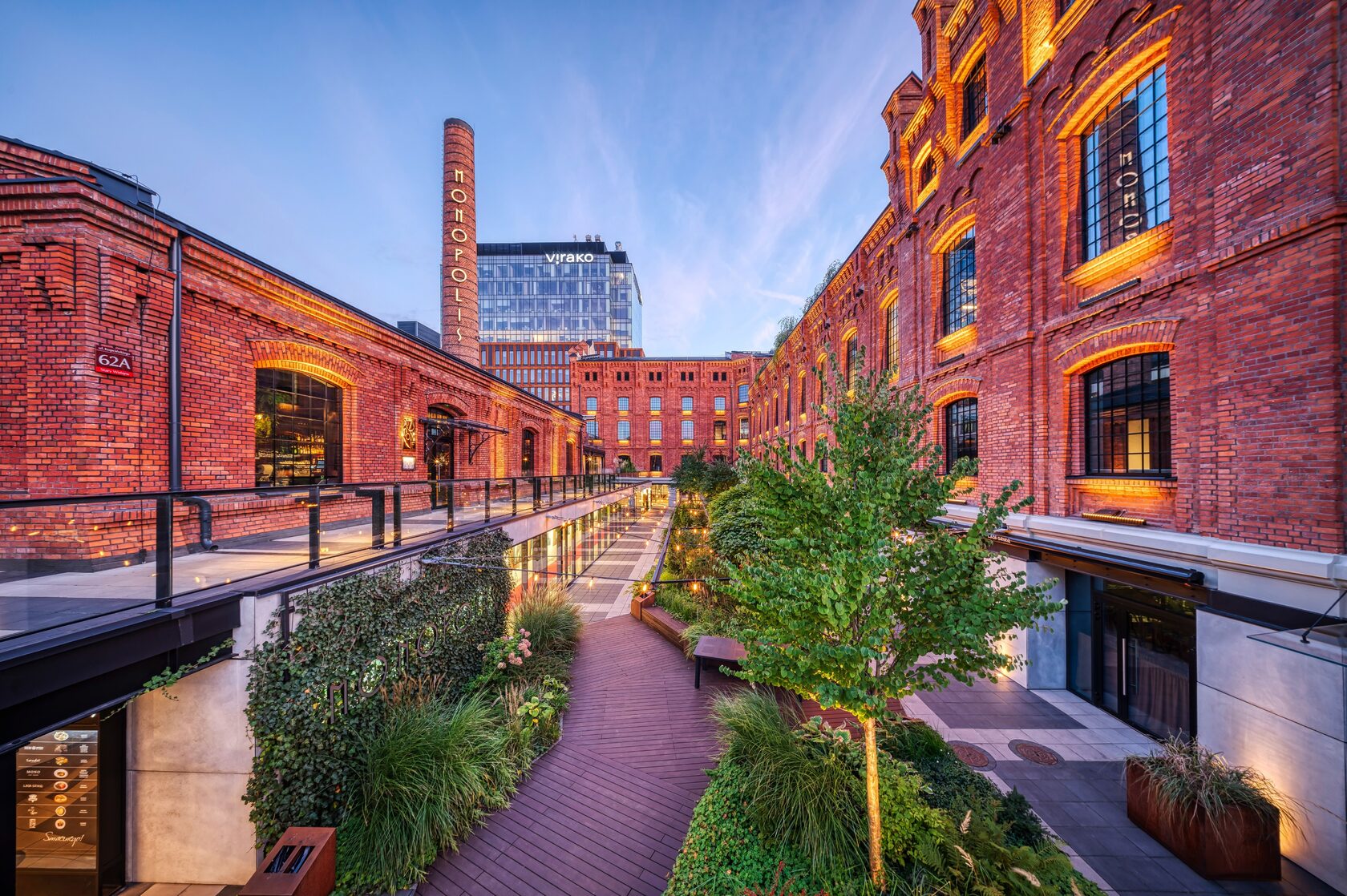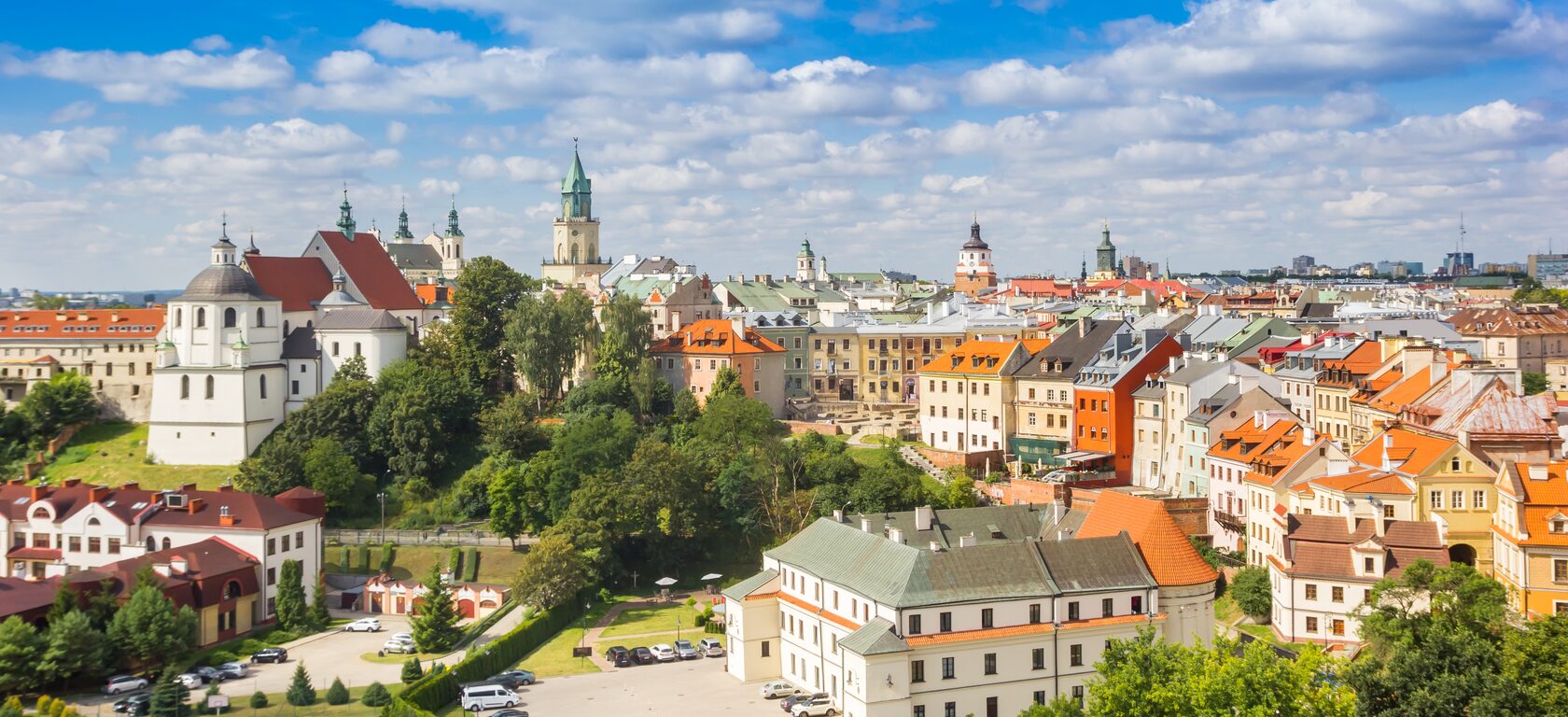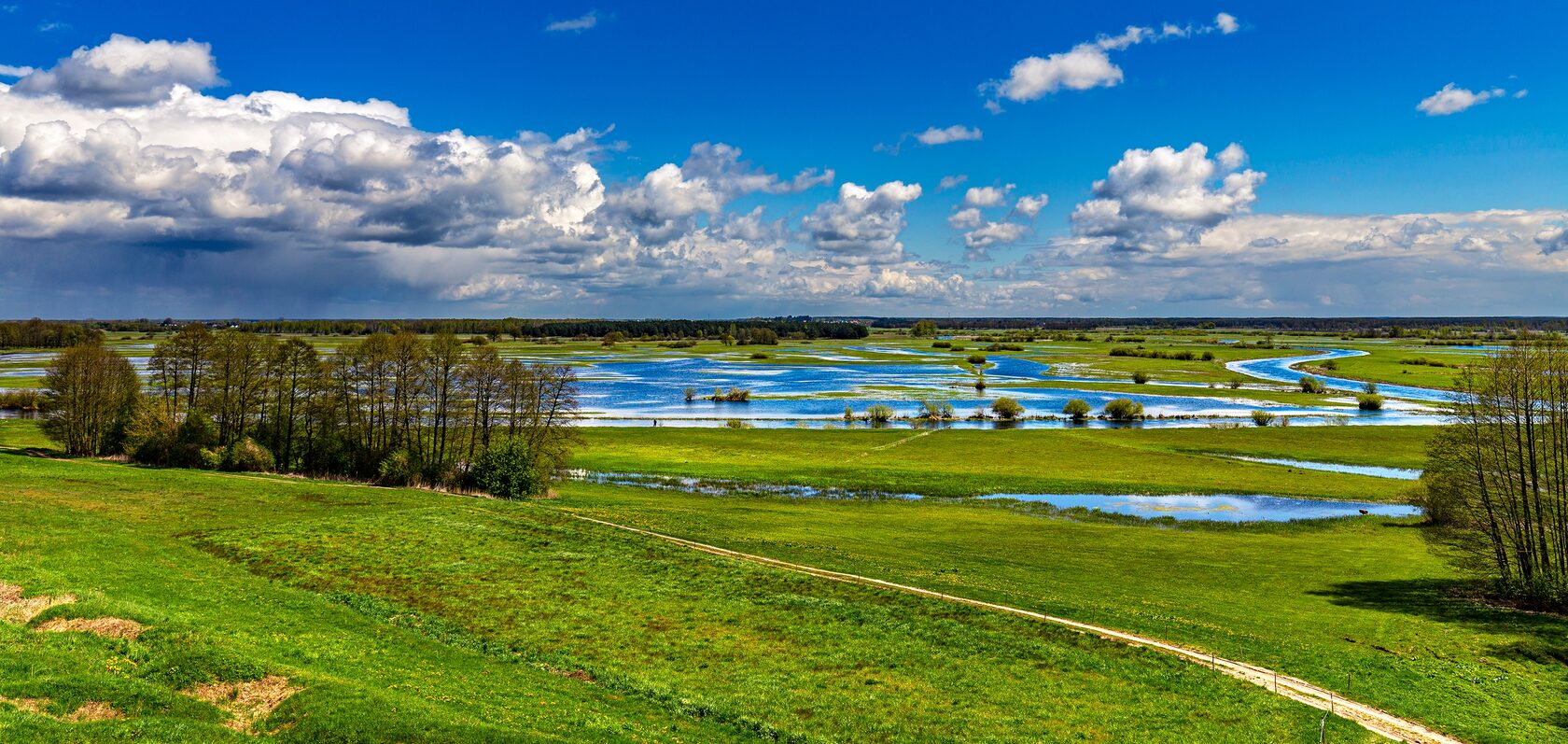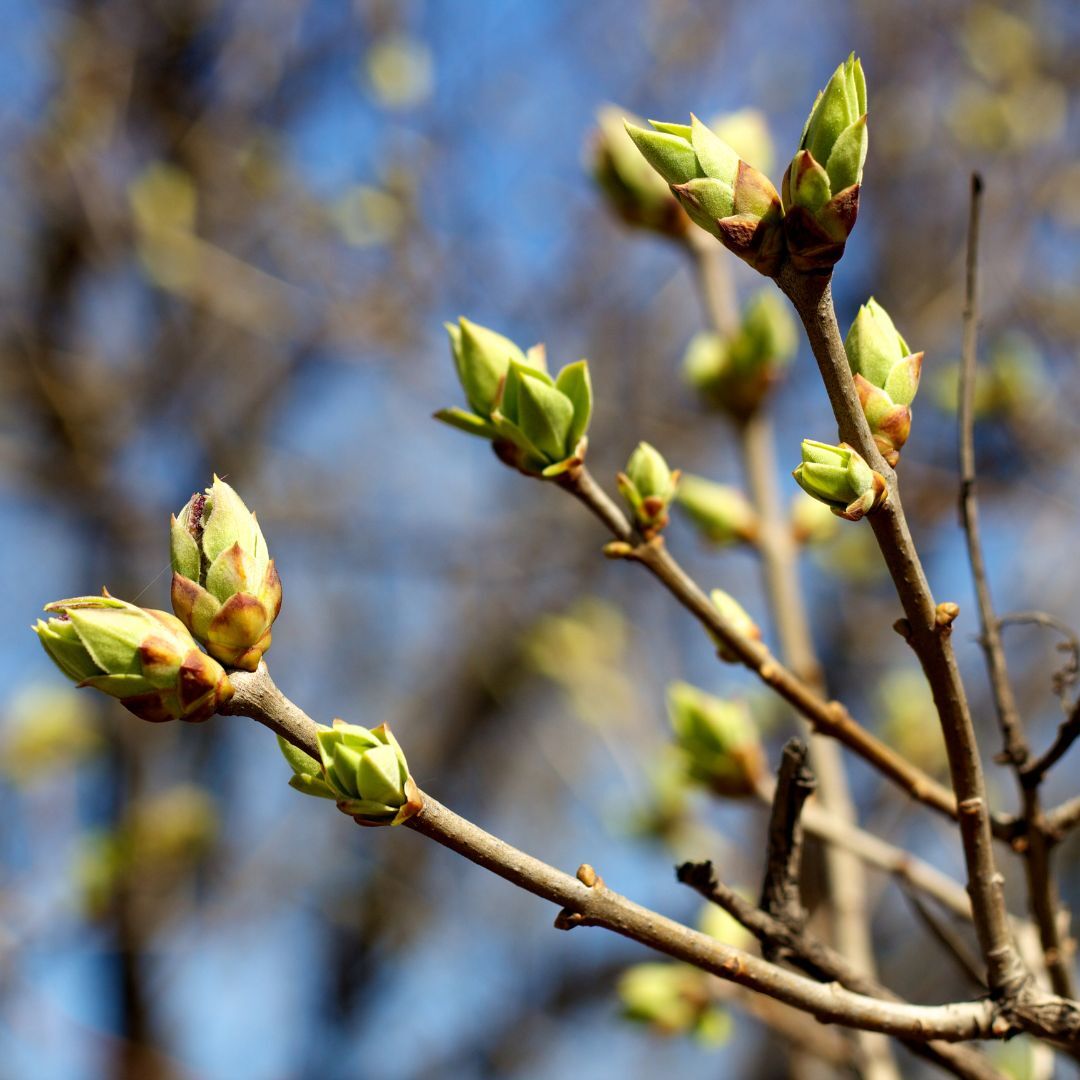Spring is when Poland truly comes to life — both literally and figuratively. The days are longer, the sun shines brighter, and the air feels fresher and full of energy. It's the perfect time to explore new places! And if you're learning Polish, a spring trip is a great way to combine language practice with culture and relaxation.
Where to go this spring? Here are five lesser-known, but stunningly beautiful places in Poland that offer nature, culture, and a perfect excuse to use your Polish in real life!
Where to go this spring? Here are five lesser-known, but stunningly beautiful places in Poland that offer nature, culture, and a perfect excuse to use your Polish in real life!
1. Flower Paradise – PAN Botanical Garden in Powsin & Żelazowa Wola
🌺 At the PAN Botanical Garden in Powsin, just outside Warsaw, thousands of tulips, hyacinths, daffodils and crocuses bloom in spring. It’s a perfect place for a walk, a picnic or a photo session. The garden also hosts regular nature walks, workshops and exhibitions – check the schedule on their website!
🎵 Not far from the garden lies Żelazowa Wola, the birthplace of Frederic Chopin. In spring, open-air concerts of his music are held in the garden, surrounded by flowers and birdsong.
🔎 Language & culture tip:
The Polish word "wiosna" means "spring," but it is also the title of one of Chopin’s most beautiful mazurkas. The Polish language is full of such poetic double meanings!
🎵 Not far from the garden lies Żelazowa Wola, the birthplace of Frederic Chopin. In spring, open-air concerts of his music are held in the garden, surrounded by flowers and birdsong.
🔎 Language & culture tip:
The Polish word "wiosna" means "spring," but it is also the title of one of Chopin’s most beautiful mazurkas. The Polish language is full of such poetic double meanings!
2. Łódź – Street Art, Light Shows and OFF Piotrkowska
Łódź is a city full of surprises. Once the heart of Poland’s textile industry, it has reinvented itself as a creative hub of street art, post-industrial architecture and alternative culture. In spring, the city comes alive: street cafés open, festivals bloom, and Piotrkowska Street becomes the place to be.
💡 Don’t miss the spring edition of Light.Move.Festival – a unique event where building facades become living light installations.
📍 Best of all? Right in the heart of Łódź, overlooking OFF Piotrkowska and colorful murals, is our school Together! Come visit us for a class, a placement test, or just a friendly chat over coffee – in Polish, of course!
🔎 Language note:
The word "off" comes from English and refers to something alternative or independent. In Polish, it’s often used to describe events or culture outside the mainstream, like OFF Piotrkowska. A good example of modern language borrowing!
💡 Don’t miss the spring edition of Light.Move.Festival – a unique event where building facades become living light installations.
📍 Best of all? Right in the heart of Łódź, overlooking OFF Piotrkowska and colorful murals, is our school Together! Come visit us for a class, a placement test, or just a friendly chat over coffee – in Polish, of course!
🔎 Language note:
The word "off" comes from English and refers to something alternative or independent. In Polish, it’s often used to describe events or culture outside the mainstream, like OFF Piotrkowska. A good example of modern language borrowing!

Source: shutterstock.com
3. Sandomierz – Polish Tuscany Overlooking the Vistula
Sandomierz is one of the most picturesque towns in Poland. Located on hills above the Vistula River, it’s full of vineyards, orchards, Renaissance buildings and narrow cobbled streets.
🍷 You can visit local family-run vineyards, taste regional wines and talk with the owners – a perfect opportunity to practice your Polish!
🎥 Fun fact: The popular Polish TV series Ojciec Mateusz was filmed here – you might recognize some familiar spots.
🔎 Language note:
There are many Polish proverbs and expressions involving wine, like "prawda w winie" ("truth in wine") or "wino rozwesela serce człowieka" ("wine cheers the heart"). A great way to learn beautiful, idiomatic Polish!
🍷 You can visit local family-run vineyards, taste regional wines and talk with the owners – a perfect opportunity to practice your Polish!
🎥 Fun fact: The popular Polish TV series Ojciec Mateusz was filmed here – you might recognize some familiar spots.
🔎 Language note:
There are many Polish proverbs and expressions involving wine, like "prawda w winie" ("truth in wine") or "wino rozwesela serce człowieka" ("wine cheers the heart"). A great way to learn beautiful, idiomatic Polish!
4. Lublin – Cultural Capital of Eastern Poland
Lublin is a city with soul and a rich past, blending history and modern energy. In spring, its blooming parks, cozy cafés and vibrant Old Town become even more charming.
🎭 Don’t miss:
🔎 Language note:
Polish cuisine is more than bigos and pierogi! Each region has its own signature baked goods: Lublin is famous for cebularz (onion flatbread), Kraków for obwarzanek (bagel-like pretzels), Poznań for rogale świętomarcińskie (St. Martin's croissants), and Toruń for pierniki (gingerbread). Learn their names – and definitely give them a try!
🎭 Don’t miss:
- Night of Culture– when the entire city becomes a stage (June),
- Inne Brzmienia Festival – alternative music and art
🔎 Language note:
Polish cuisine is more than bigos and pierogi! Each region has its own signature baked goods: Lublin is famous for cebularz (onion flatbread), Kraków for obwarzanek (bagel-like pretzels), Poznań for rogale świętomarcińskie (St. Martin's croissants), and Toruń for pierniki (gingerbread). Learn their names – and definitely give them a try!

Source: shutterstock.com
5. Biebrza National Park – Mist, Silence & Cranes
If you need calm, space and true contact with nature – head to Podlasie and explore Biebrza National Park. In spring, it becomes a sanctuary for migrating birds and nature lovers alike.
🐦 It’s a paradise for birdwatchers, hikers and language learners who love peace and silence. Take a notebook and write down new Polish words from signs and guides. Try to name as many plants and animals as you can in Polish!
🔎 Language tip:
Many old poetic words still exist in Polish nature vocabulary: boćki (storks), kukułka (cuckoo), łęgi (floodplain meadows). Language lives not only in classrooms, but also in forests, swamps and fields!
🐦 It’s a paradise for birdwatchers, hikers and language learners who love peace and silence. Take a notebook and write down new Polish words from signs and guides. Try to name as many plants and animals as you can in Polish!
🔎 Language tip:
Many old poetic words still exist in Polish nature vocabulary: boćki (storks), kukułka (cuckoo), łęgi (floodplain meadows). Language lives not only in classrooms, but also in forests, swamps and fields!

Source: shutterstock.com
🎒 Travel and Learn Polish!
Every trip is a chance to speak Polish, expand your vocabulary and discover the real Poland. You don’t need a classroom to learn – go outside, visit museums, talk to locals, and order your obwarzanek with confidence!
Want to take it to the next level? Join a Polish course at Together! We offer group and individual classes in Warsaw, Wrocław, Kraków, Łódź and online.
📸 Where will you take your Polish this spring?
Share your photos and impressions on Instagram and tag us at @together.school
Want to take it to the next level? Join a Polish course at Together! We offer group and individual classes in Warsaw, Wrocław, Kraków, Łódź and online.
📸 Where will you take your Polish this spring?
Share your photos and impressions on Instagram and tag us at @together.school

